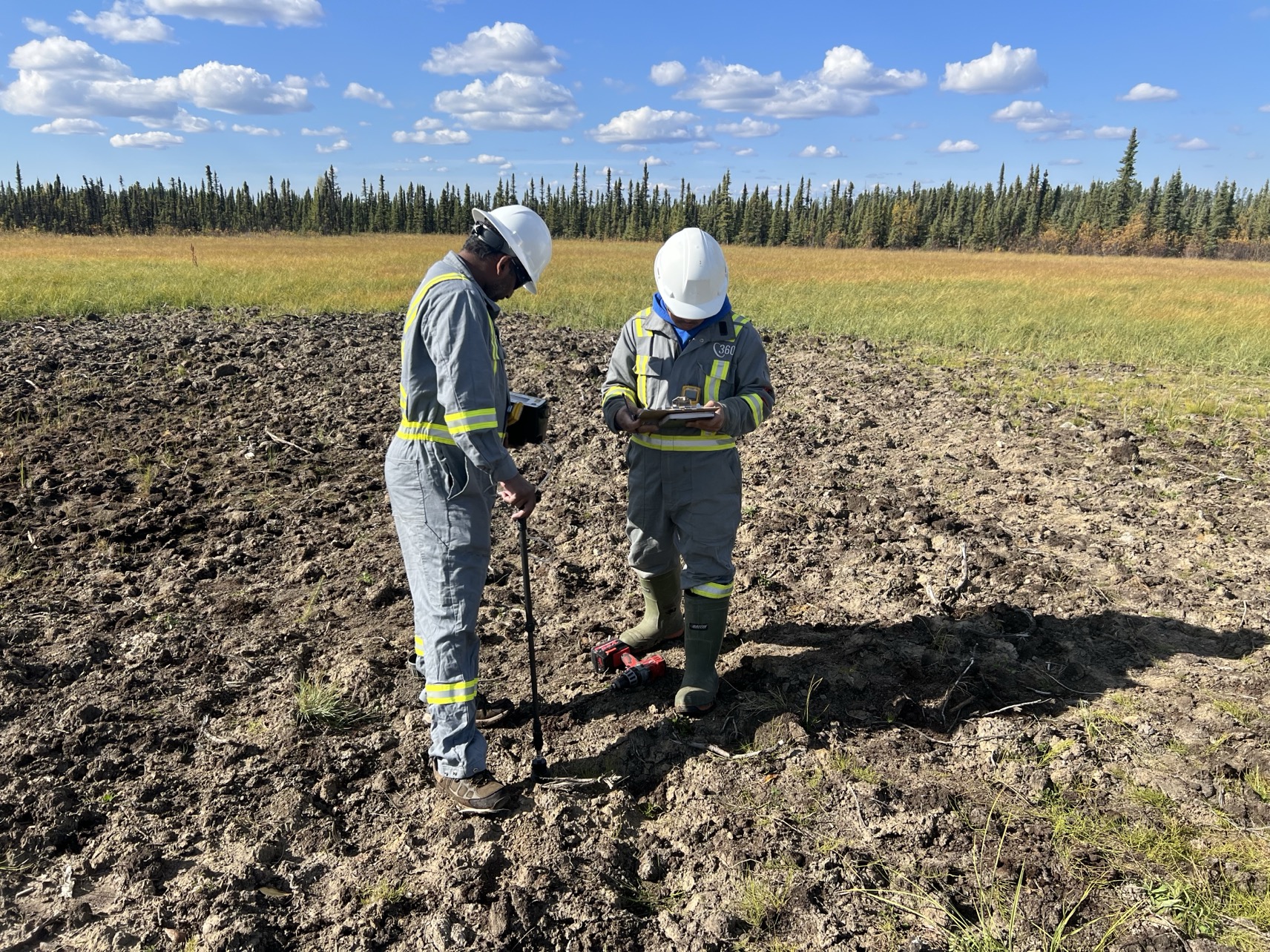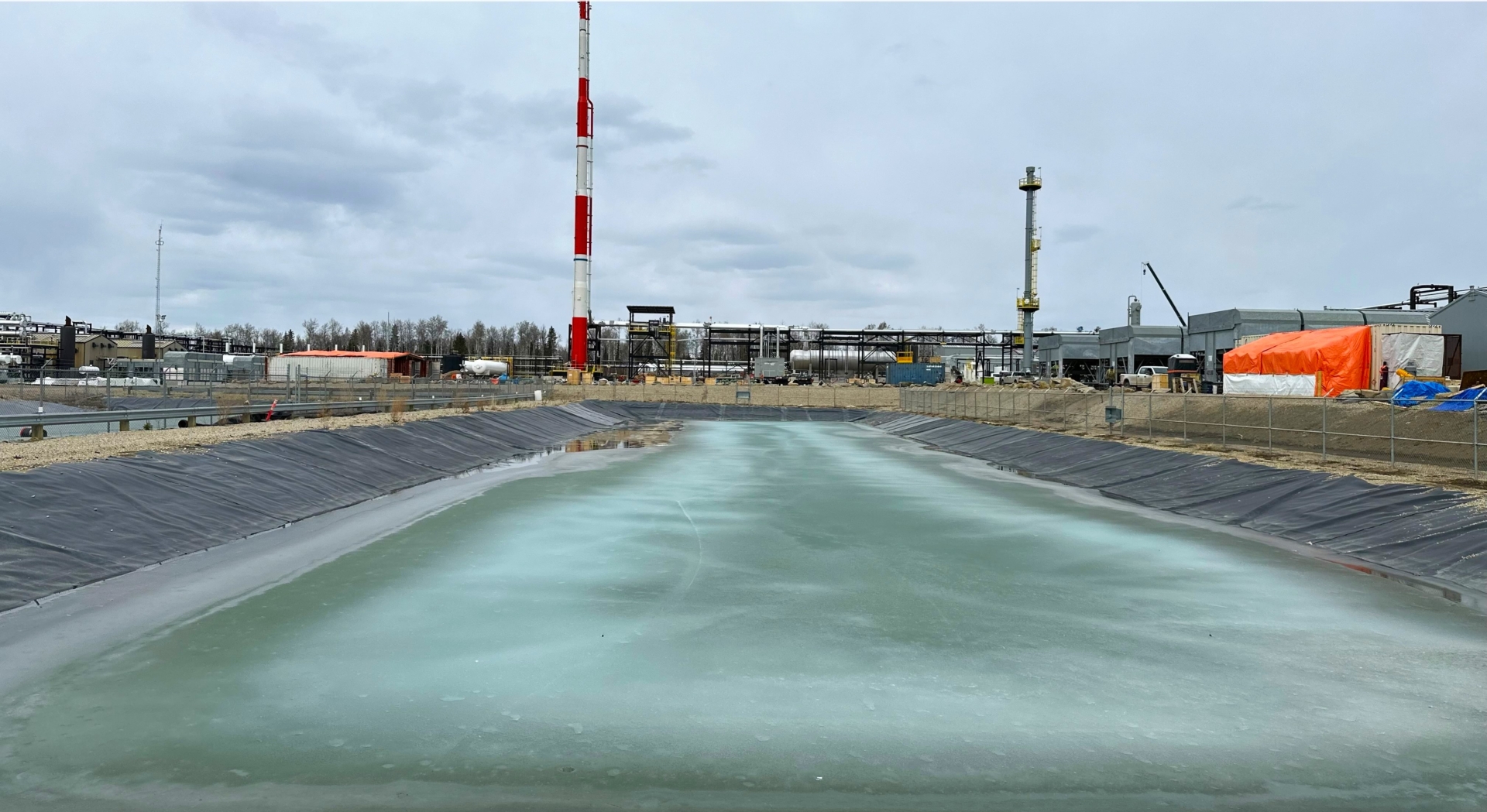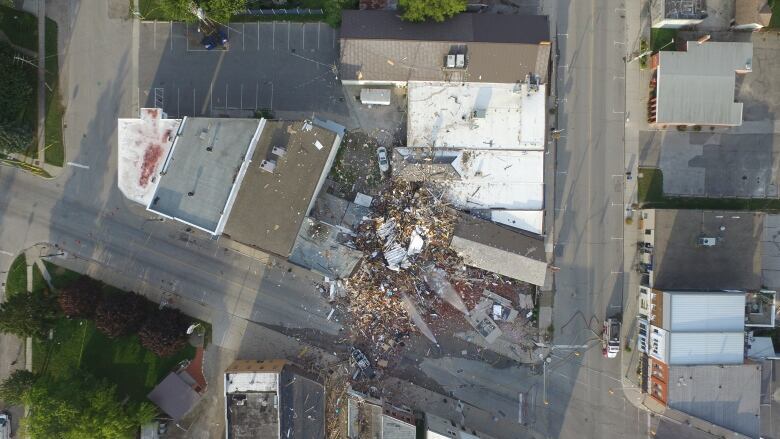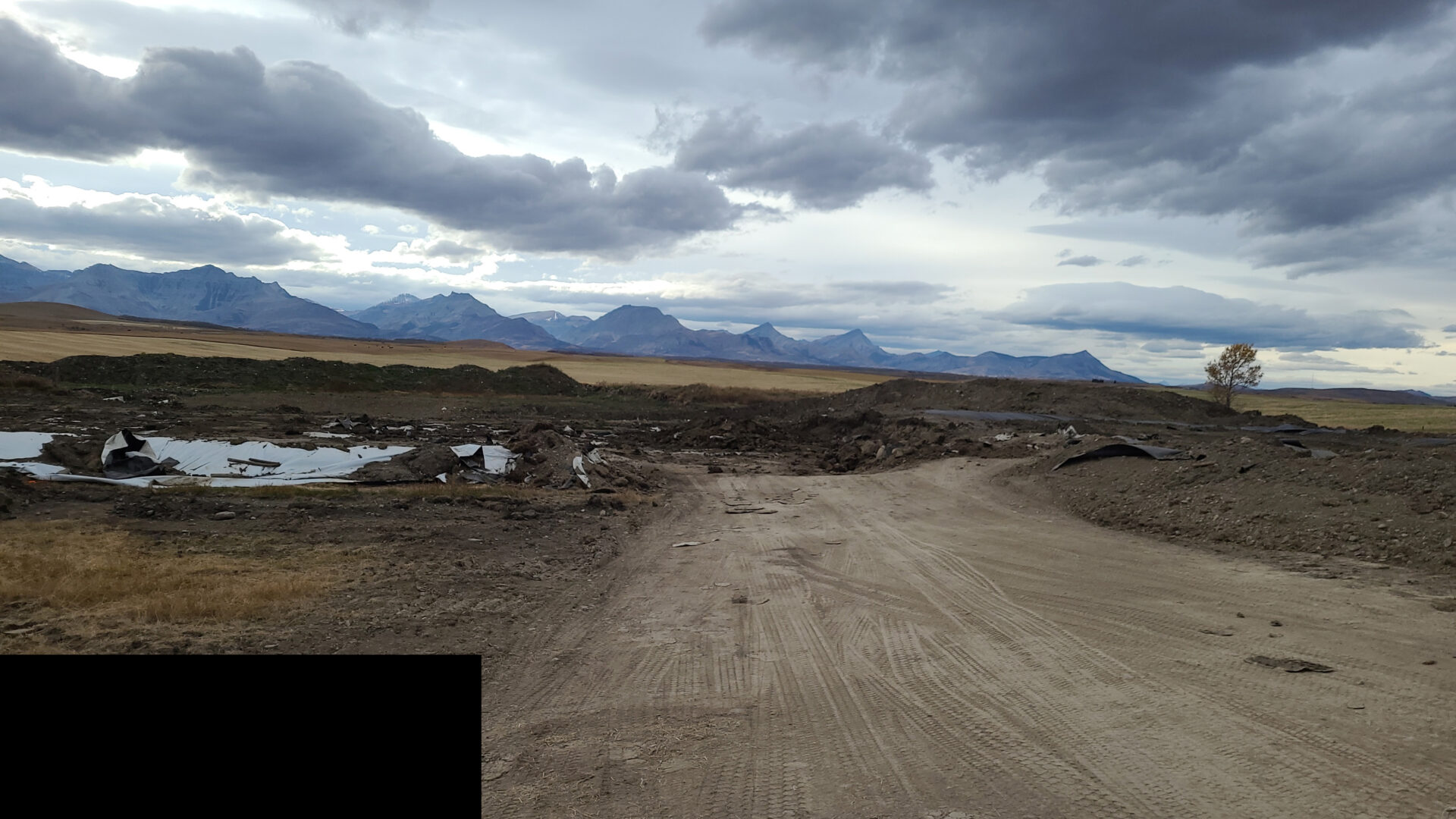Change comes like a shockwave, jarring and scary at first but as time goes on, the ripples slowly dissipate to become the “norm”. Take, for example, the rise in gasoline prices over the past few months. Many found alternative solutions like cycling instead of driving to reduce consumption. But how long do these solutions last? A week? Two weeks? Slowly but surely, wider scale solutions are adopted to react to these changes, whether that’s reducing expenses or optimizing transportation costs – these changes help the ripples dissipate and can allow for $1.70/litre fuel to seem normal.
In April 2022 the Alberta Energy Regulator (AER) changed Directive 020: Well Abandonment (D020) by adding in a single sentence: “Cement squeezing multiple intervals at the same time is considered “nonroutine.” This seemingly innocuous addition to the directive has major consequences on how remedial cement repairs are executed.
Process efficiency, economies of scale, and lagging regulator assigned liability costs have all contributed to Alberta operators becoming very efficient at removing well abandonment liability. Historically, well abandonment costs have been in line with a 1:2 ratio – spend $1 and reduce deemed liability by $2. By not allowing multiple intervals to be simultaneously remediated, the ratio drastically changes for low cement top repairs (classified as “Groundwater protection cost” by the AER). With the AER changing requirements, the ratio can increase to 2:1 or even 3:1 in some cases. Low cement top repairs were previously on-par with the assigned liability of $46,288 but without technological advancements and proof-of-concept pilot projects in collaboration with the AER, this is simply no longer possible (in most cases).
Regulatory changes have a direct correlation to ARO values and execution strategy. They have the ability to alter a companies net value, upset capital covenants, and change the decision-making process with how to deploy capital most efficiently. We are driven by consistency, routines and what we deem as “normal” until it comes as a shock wave and makes us all rethink what the norm is. The increase in the cost ratio for these types of projects should have operators revisit their ARO strategy and evaluate how the changes impact their overall asset retirement obligation (ARO) value. More importantly, operators should be reviewing their ARO evaluation process to ensure that it has the capability of adapting to regulatory changes efficiently (not simply built to add or subtract assets for after completion of a purchase or sale).
Where do we go from here? As an industry, do we coalesce in hopes of changing the regulations? Do we put money into research and development for new technology designed to decrease the burden? Do we collaborate with the AER on proof of concept pilot programs? These are all solutions to the topic at hand, but a better question may be “how to do we prepare for regulatory changes to ensure our ARO value is not over or underestimated?”. I would suggest that this topic is very similar to gasoline prices in the past few months. It showcases the fragility of our ARO framework and shows a much larger underlying issue that becomes unveiled during the shockwave – very similar to our increased awareness of global energy prices being directly reflected at our local fuel stations. The solution to the issue is multi-pronged but starts with a hyper-awareness of regulatory changes, an ARO evaluation process that is adaptable and an execution process that allows for agility with the ability to maximize ARO spending regardless of regulatory changes.
Thanks for reading,
Courtney
































































